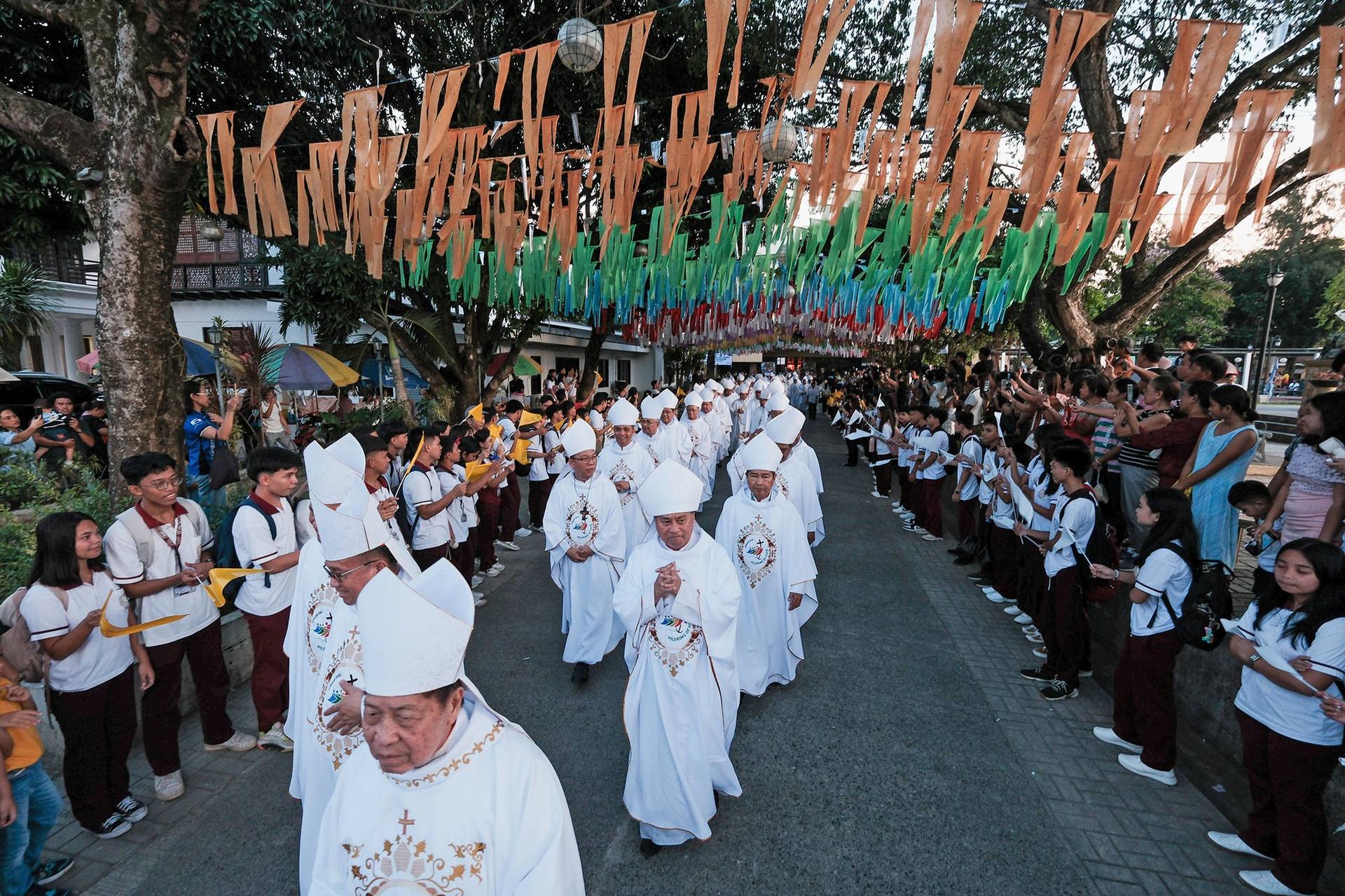Contrary to popular mythology, the Vatican is hardly a sprawling bureaucracy comparable to, say, the roughly three million people who work for the federal government in the United States. All in, we’re talking about a work force of under 5,000, which means it’s more akin to a village than an empire.
In such a small world, personnel is always policy: Choices about who gets the most important jobs inevitably drive how decisions are made.
Pope Francis has been running the show for three years now, and at first blush, it’s tempting to say that almost nothing has changed on the personnel front. As of today, almost three-quarters of the officials who lead important departments are still hold-overs from the reign of emeritus Pope Benedict XVI.
If one considers “the Vatican” to include both the Roman Curia, meaning the government of the universal Church, plus the Vatican City State, meaning the 108-acre physical space over which the pope presides, there are perhaps 33 departments that truly matter – either in terms of real influence, public profile, or both.
If we eliminate the new outfits Francis himself has created (two secretariats and a commission for minors), that leaves 30 significant department heads Francis could have replaced by now. Of those, 22 are still led by the same officials who did so under Benedict XVI, which works out to 73 percent, while one (Cor Unum) is presently vacant.
Here are the only seven cases so far in which Francis has appointed someone to take over from an official named by Benedict XVI:
- Secretariat of State (Italian Cardinal Pietro Parolin replaced Italian Cardinal Tarcisio Bertone).
- Congregation for Divine Worship and the Discipline of the Sacraments (Cardinal Robert Sarah of Guinea replaced Spanish Cardinal Antonio Cañizares Llovera).
- Congregation for Clergy (Italian Cardinal Beniamino Stella replaced Italian Cardinal Mauro Piacenza).
- Congregation for Catholic Education (Italian Cardinal Giuseppe Versaldi replaced Polish Cardinal Zenon Grocholewski).
- Apostolic Signatura (French Cardinal Dominique Mamberti replaced American Cardinal Raymond Burke).
- Apostolic Penitentiary (Italian Cardinal Mauro Piacenza replaced Portuguese Cardinal Manuel Monteiro de Castro).
- Synod of Bishops (Italian Cardinal Lorenzo Baldisseri replaced Croatian Archbishop Nikola Eterović).
Of these seven appointments, five went to Italians, increasing by three the number of top Vatican jobs held by Italians. Notably, all seven positions went to veteran Vatican officials, not outsiders, including four (Parolin, Stella, Mamberti and Baldisseri) who are products of the Vatican’s diplomatic service.
By way of explanation for the lack of turnover, probably the most important point is that the pope’s “C-9” council of cardinal advisors is still pondering an overhaul of the Vatican’s structures. Several departments will be consolidated or eliminated, while in other cases missions will be revised. Francis may feel that until the process is complete, it doesn’t make sense to appoint new leadership.
Yet despite the surface impression of business as usual, it’s hard to escape the impression that something important nonetheless has shifted. Arguably, what’s critical is not how thoroughly Francis has shuffled the deck, but rather who has the pope’s ear and who’s been emboldened on his watch.
In four cases, Francis clearly has opted for a moderate over a conservative: Stella in favor of Piacenza at the Congregation for Clergy; Versaldi in favor of Grocholewski at Catholic Education; Mamberti in favor of Burke at the Signatura; and Baldisseri in favor of Eterović at the synod.
In addition, while it isn’t strictly accurate to describe Bertone as a “conservative,” he’s nonetheless close to Pope Benedict, while Parolin is a pastoral moderate in the style of Francis.
Those moves sent a clear signal to other moderates inside the system that this is their kind of pope. Certainly there are officials who before probably felt the need to be a bit cautious, who today are sensing the wind at their backs – Cardinal Peter Turkson at Justice and Peace, Cardinal João Braz de Aviz at the Congregation for Religious, and Archbishop Vincenzo Paglia at the Council for the Family would be examples.
Perhaps one key to understanding how Francis thinks about his Vatican team came in his first Christmas greeting to the Roman Curia, on Dec. 21, 2013. On that occasion, the pontiff expressed his admiration for “old-time curialists,” describing them as “exemplary persons” who “work with competence, with precision, self-sacrifice, carrying out their daily work with care.”
“We need them today!” the pope said.
In effect, one could read his preference for proven figures, mostly Italians, with a long background of Vatican service, as an attempt to empower individuals in the system who remind Francis of those “old-time curialists.”
Aside from the qualities Francis himself mentioned, the profile of the “old-time curialist” is well documented, dating from the Pope Paul VI era in the 1960s and 70s, when Jorge Mario Bergoglio came of age in the Church.
They tended to be fairly non-ideological, coming off as middle of the road both politically and theologically. Culturally, they tended to be Latins or southern Europeans skeptical of the “ruthless efficiency” they associated with Anglo-Saxon and German ways of doing things, and leery about Americans in particular over what they saw as our Calvinist-inspired penchant for seeing the world in terms of black and white.
These were the kinds of officials generally in charge under Paul VI, and it’s hard to escape the sense that many of the senior leaders closest to Pope Francis today would have been at home then too.
The fact that Francis has not reached far outside the circle of usual suspects, in other words, doesn’t mean nothing has changed – because what matters, as always, is which kind of usual suspect has the upper hand.
















